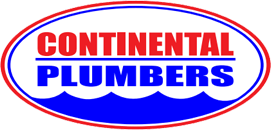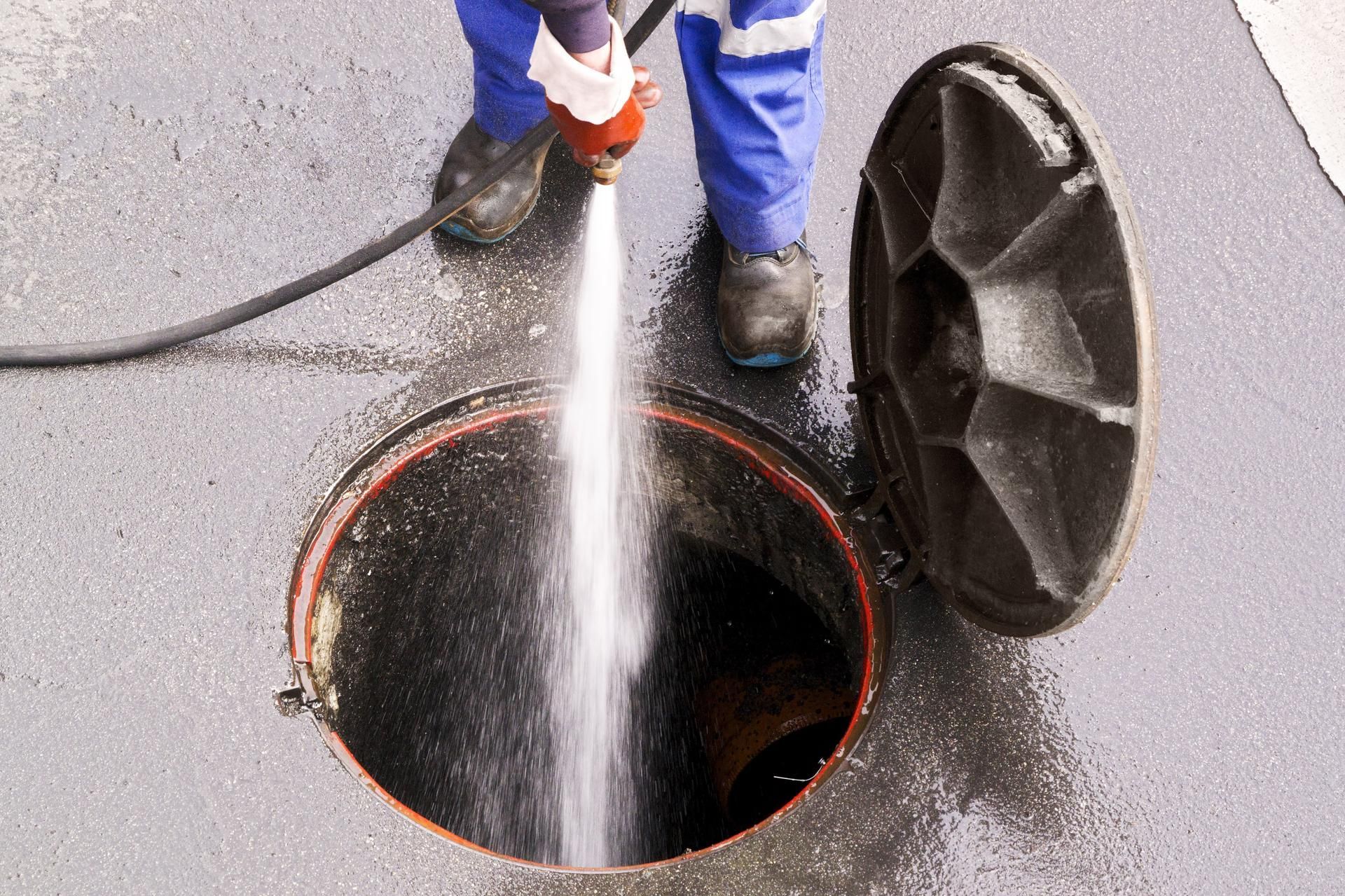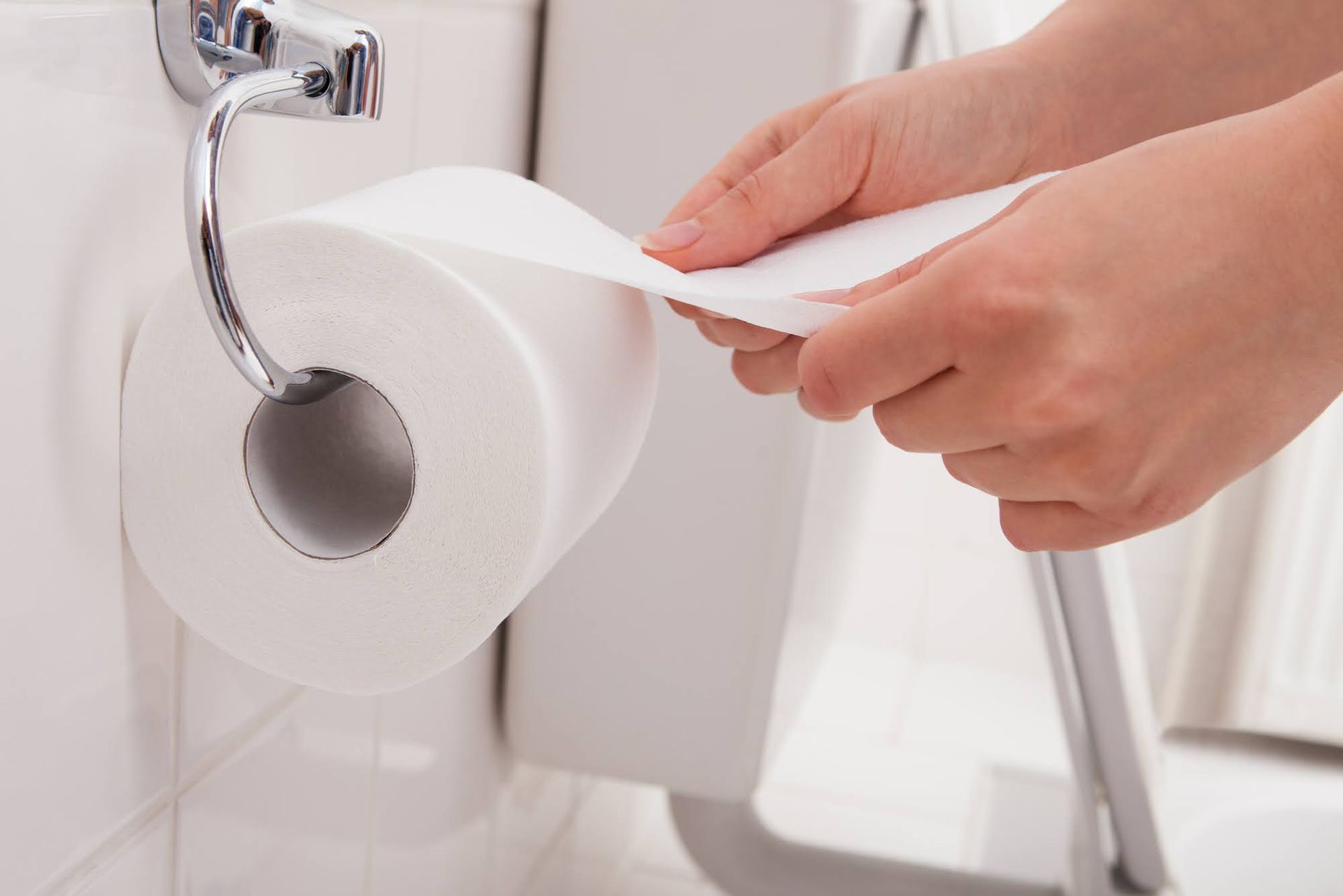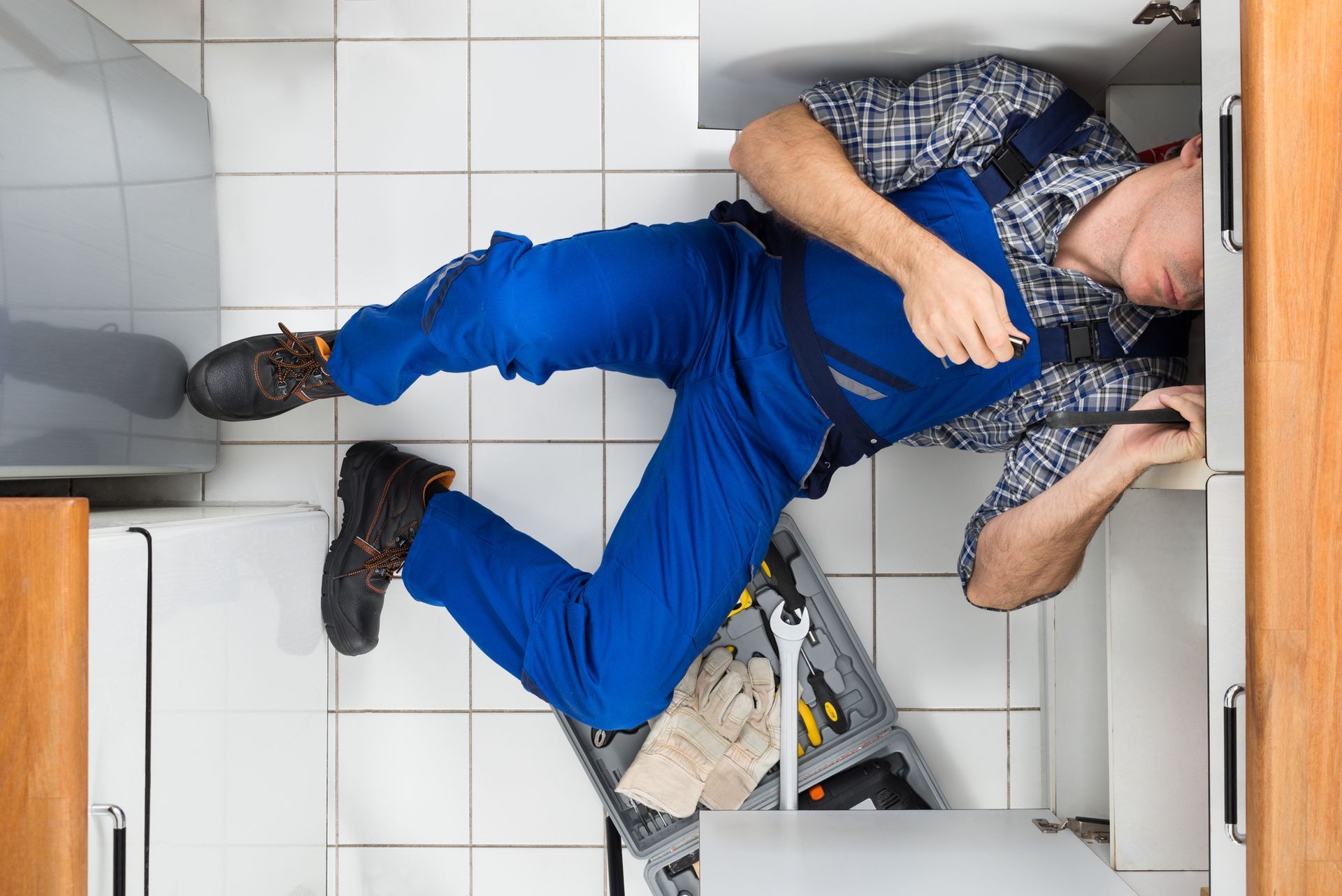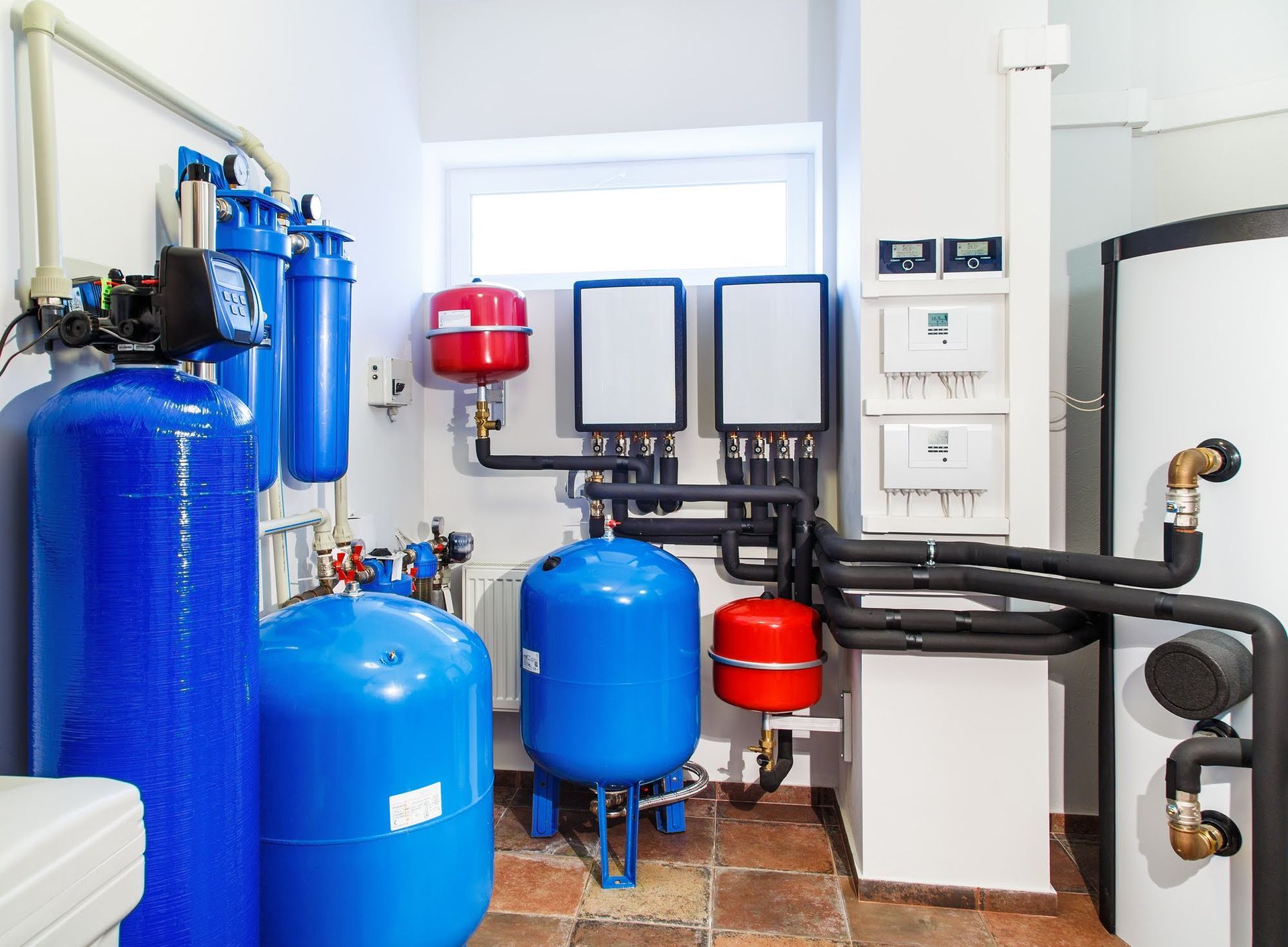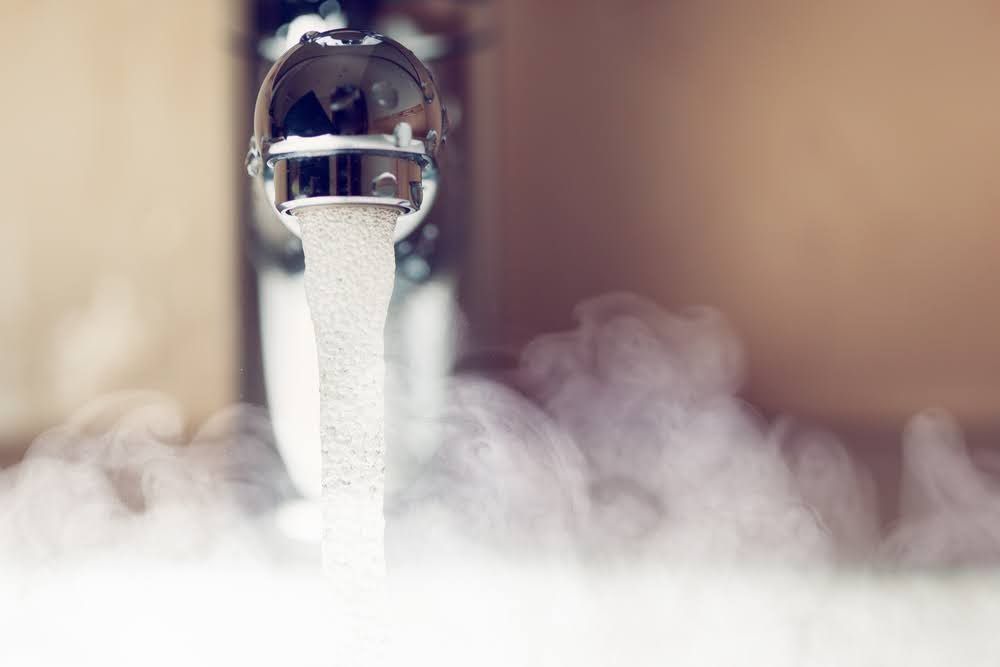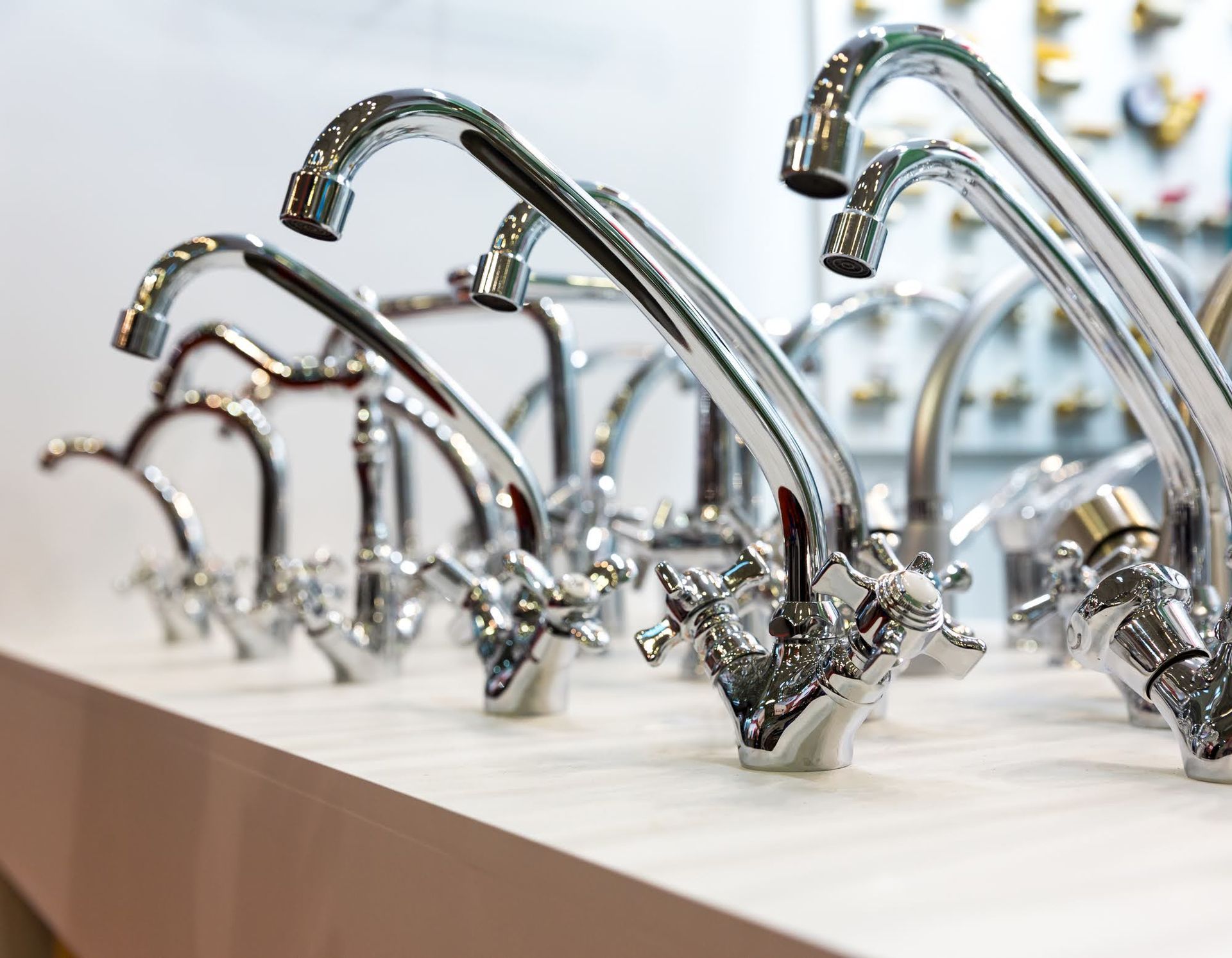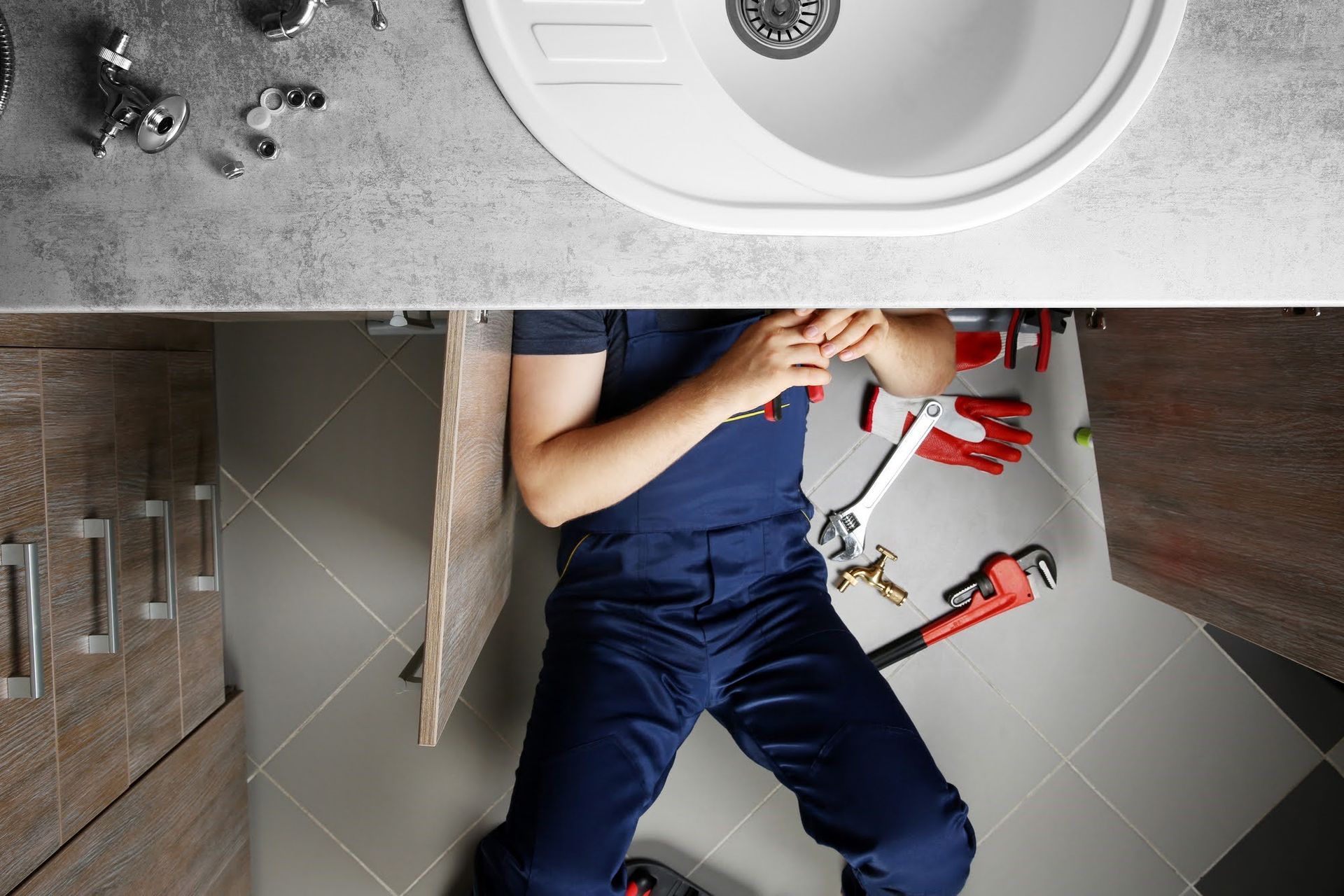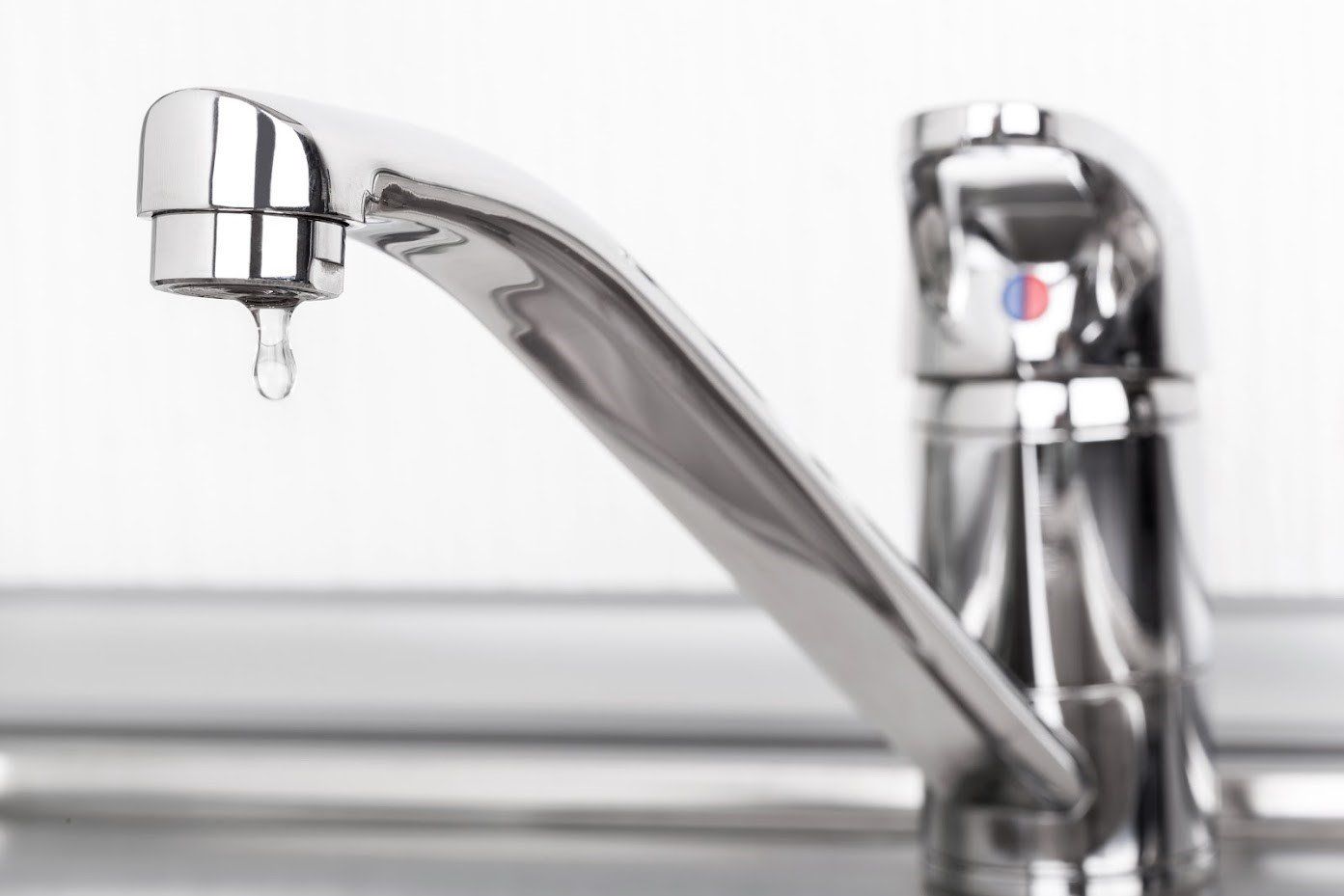Do You Have a Plumbing Leak? 7 Signs To Watch Out For
Plumbing leaks occur for many reasons, including corroded pipes, broken seals, intruding tree roots, and excess water pressure. Early detection of plumbing leaks is crucial before they cause extensive property damage. Discover seven indications of plumbing leaks below.
1. High Water Bills
Water bills are relatively predictable, and unusually high statements indicate something is wrong with your plumbing. The Environmental Protection Agency predicts that a family of four consumes about 12,000 gallons of water monthly. You should be alarmed if your consumption skyrockets without a significant change in your family's lifestyle.
You may be tempted to ignore a minor leak like that from an old faucet or toilet. However, small leaks can waste up to 10,000 gallons of water each year for one household, so you should have a plumber check your water supply system as soon as you notice a leak.
2. Water Meter Runs Overtime
If you suspect a water leak, your meter can help determine if your plumbing is compromised. First, turn off your home's fixtures and water appliances like dishwashers and washing machines. The next step is taking note of the meter's reading, which usually sits on the back or side of the house close to the main supply line.
Take another reading after an hour with no water use and conclude you have a water leak if the numbers change. Then, have a plumber evaluate the plumbing since the leak can be inside your home or buried in the water supply line underneath your property.
3. Musty Odor
A musty odor that persists when you open all windows can indicate a plumbing leak. A humid feeling accompanies the unusual smells in the basement, bathroom, and any other area with the leak. You can check all the appliances, sinks, and showers for dripping water or pools on the floor to identify the cause of the musty odor. Also, open cupboards and cabinets to uncover discreet leaks.
4. Mold and Mildew
Mold and mildew flourish in humid environments, which is why they commonly accompany water leaks. Leaking pipes behind walls and under floors serve as ideal locations for mold colonization. Mold appears as greenish, black, or gray patches, while mildew is fluffy white, yellow, or gray.
Fungi growth from a plumbing leak usually manifests in non-shower walls and basements. Sometimes, you may not see mold and mildew, but family members may start having allergic reactions to the spores, such as running nose, sneezing, itchy eyes and throat, and a cough.
5. Peeling Paint or Wallpaper
When moisture gets between walls and paint or wallpaper, it weakens the stickiness, forcing the wallpaper to pull away from the wall. The paint also starts to bubble and blister, ruining the aesthetics of your home.
However, don't simply repaint your home and assume you have fixed the issue. When left unchecked, leaks damage any home extensively, and you may need to fully gut the affected room, costing you a lot of money.
6. Discolored and Sagging Ceiling
Brown or yellow stains on your ceiling that grow larger with time indicate a plumbing leak. The issue may be as straightforward as an overflowing toilet or as complex as a frozen pipe. If the leak is large and sudden, the ceiling may sag under the weight of the water and threaten property damage. So have a plumber evaluate your water supply system when you notice discoloration on the ceiling.
7. Dripping Sounds
Leaks aren't always quiet, and you can hear the sound of running water if you are keen enough. The sounds may be most apparent in the lowest areas of your home and behind closed cupboards and cabinets. You may hear sloshing and dripping in the walls, accompanied by visible moisture, indicating that it's time to seek plumbing expertise.
Plumbing leaks are destructive and costly, and you should deal with minor leaks before they cause extensive damage. Contact us today at Continental Plumbers for leak detection, pipe repair, and other plumbing services.
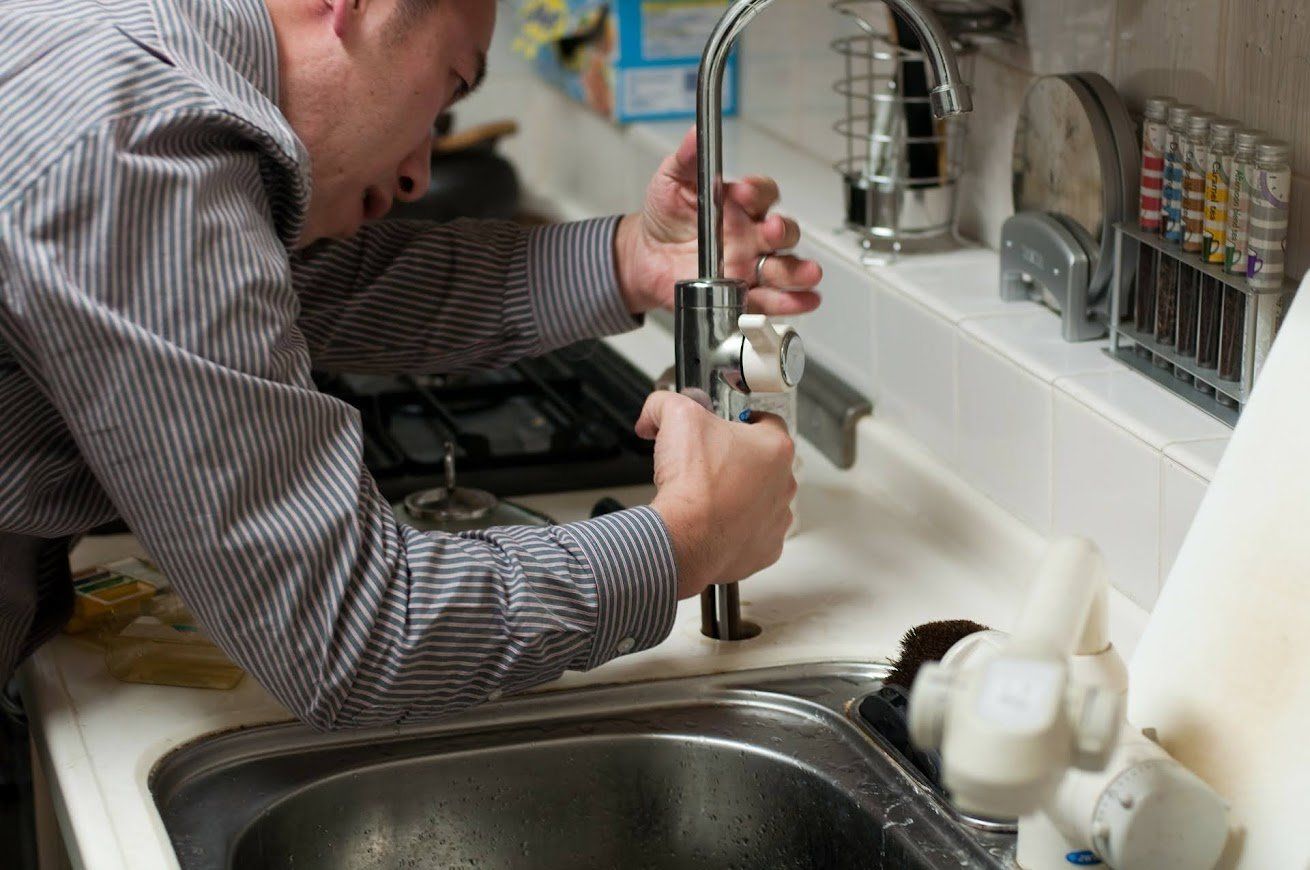
We offer financing
Prefer to pay over time rather than all at once? Prequalify for financing today and contact us to learn more about our services!

Contact Information
Office Hours
- Mon - Sat
- -
- Sunday
- Closed
Phone: (973) 900-0430
Mailing Address:
1374 Stuyvesant Avenue
Union, NJ 07083
Contact Information
Phone: (973) 900-0430
Mailing Address:
1374 Stuyvesant Avenue
Union, NJ 07083
Office Hours
- Mon - Sat
- -
- Sunday
- Closed
